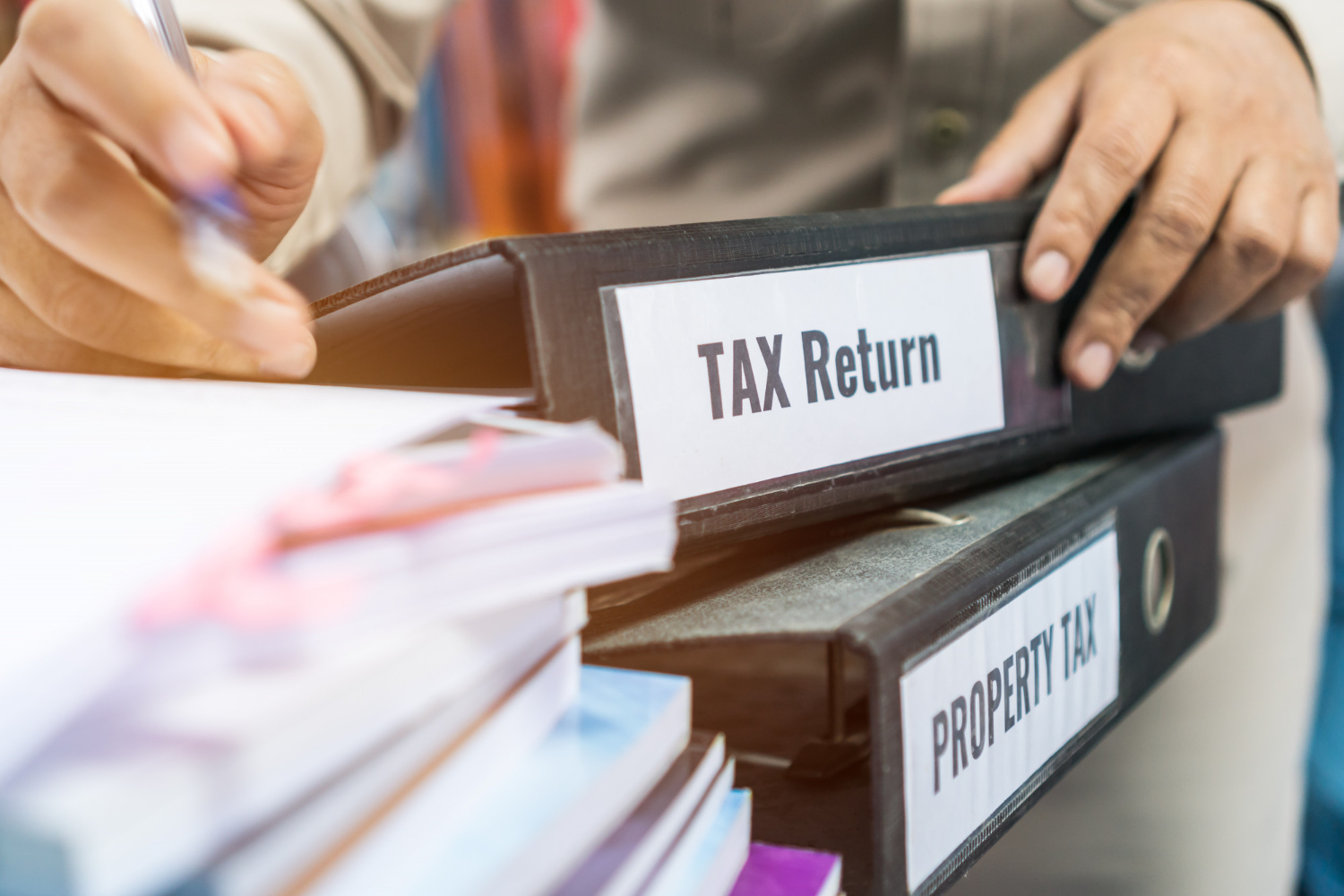In 2000, the UK Government created a tax credit scheme designed to boost innovation for small-medium sized enterprises. This is by allowing them to claim back a refund from HMRC based on the working hours that the business dedicates to research and development. Alternatively you could reduce your corporation tax bill through this. It’s an incentive that is hardly spoken about and not widely known across markets outside of engineering and manufacturing.
HMRC have a broad definition of what R&D is. This makes the criteria diverse enough so every sector has an equal opportunity to claim back a refund on their R&D expenses. However it usually boils down to significantly improving existing technologies, systems and processes. To date, the estimated number of claims for the year 2021 was 85,900. This alone shows a 16% increase from the previous year.
What are the criteria for R&D tax credit claims?
As mentioned briefly earlier, the R&D tax credit scheme is under-claimed because businesses either have not heard of the incentive or they believe that they simply do not qualify for it. The latter couldn’t be more wrong and as a result a substantial number of UK businesses are missing out on a lot of money that they may be eligible for. If we were to list every potential R&D project that could qualify for the tax credits, then this blog would be a 100 page report.
Instead we highlight the main aspects of HMRC’s definition of R&D and look at 4 key aspects of your projects:
- Looked for an advance in science and technology
- Had to overcome uncertainty
- Tried to overcome this uncertainty
- Couldn’t be easily worked out by a professional in the field
What is different for this scheme in 2022?
At the Autumn Budget in 2021, Rishi Sunak announced that the R&D tax reliefs would be reformed to support modern research methods which includes diversifying qualifying expenditure which will include data and cloud costs. Although this is a small change, with technology shifting towards the reliance on data and cloud software, it’s an important and integral part to day-to-day business operations. With these new additions added, some would ask how will these be included in the R&D tax relief? This is due to the new categories of expenditure which will be brought in. They include licence payments for datasets and the computing costs that can be used for data processing and software. This can further aid SMEs with claiming back some of their expenses should they wish to conduct R&D into this newly-qualified criteria point.
Now that you’ve read all of this, if you think you may be eligible for R&D tax credits, then please do contact us here at Aston Shaw. We can help you submit an R&D Tax Credit claim from start to finish with a 2-year backdate included.















